Effect of High Calorie Diet on Intestinal Flora in LPS-Induced Pneumonia Rats
- PMID: 32015367
- PMCID: PMC6997398
- DOI: 10.1038/s41598-020-58632-0
Effect of High Calorie Diet on Intestinal Flora in LPS-Induced Pneumonia Rats
Abstract
Intestinal flora plays an important role in inflammatory response to systemic or local organs of its host. High calorie diet has been shown to aggravate the condition of pneumonia and delay recovery, especially in children. However, the underlying mechanisms remain unclear. This study placed SPF rats in a conventional environment, high calorie diet or LPS atomization was performed respectively or combined. Analysis of high-throughput sequencing of intestinal content combined with animal weight, organ index, serum inflammatory factors indicators and bioinformatics found that after pulmonary infection combined with a high-calorie diet, rats showed significant changes such as weight loss and increased lung weight index, and their lung and intestinal tissues showed more obvious inflammatory changes. And its gut flora structure suggests, the abundance of Leuconostocaceae in significantly reduced; abundance of Staphylococcus, Planococcaceae, Staphylococcus, Staphylococcaceae, Bacillales, Gemellales and Aerococcus significant increased. The study showed that high calorie diet and LPS atomization synergistically promoted pneumonia process in rat pups, which is related to changes in structure of intestinal flora. It is worth noting that pneumonia rats fed by convention diet also causing intestinal flora imbalance.
Conflict of interest statement
The authors declare no competing interests.
Figures

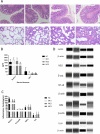

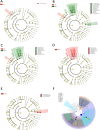
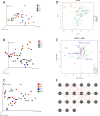
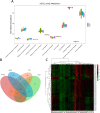
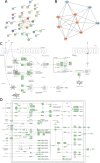
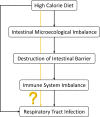
References
-
- Tomasello G, Sorce A, Damiani P, Signagra E. The importance of intestinal microbial flora (microbiota) and role of diet. Prog. Nutr. 2017;19(3):342–344. doi: 10.23751/pn.v19i3.4495. - DOI
Publication types
MeSH terms
Substances
LinkOut - more resources
Full Text Sources
Medical

